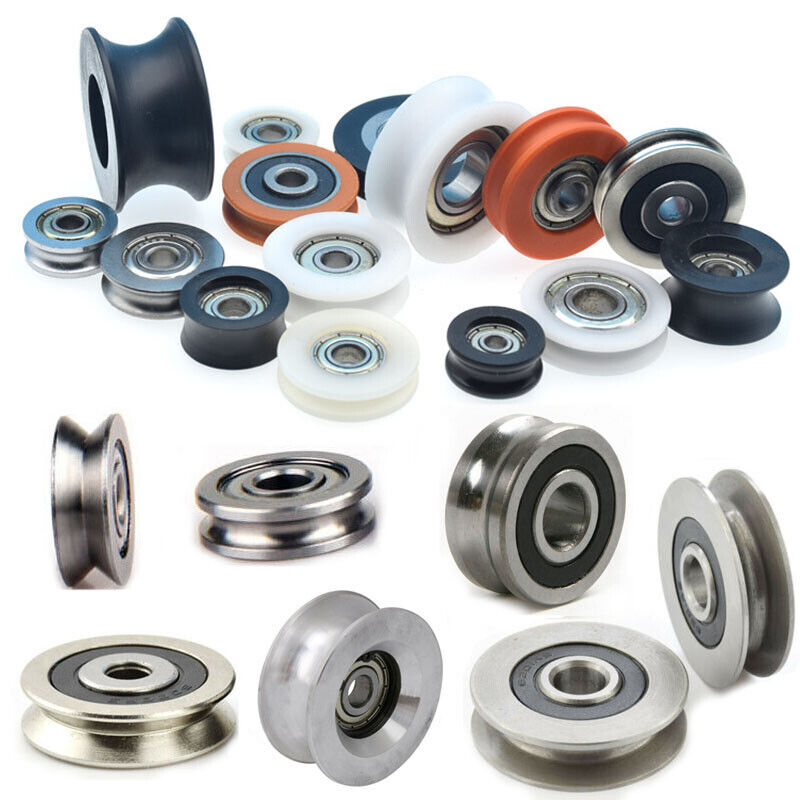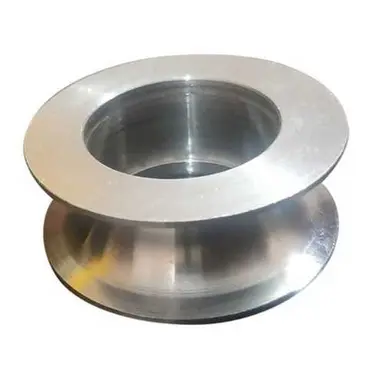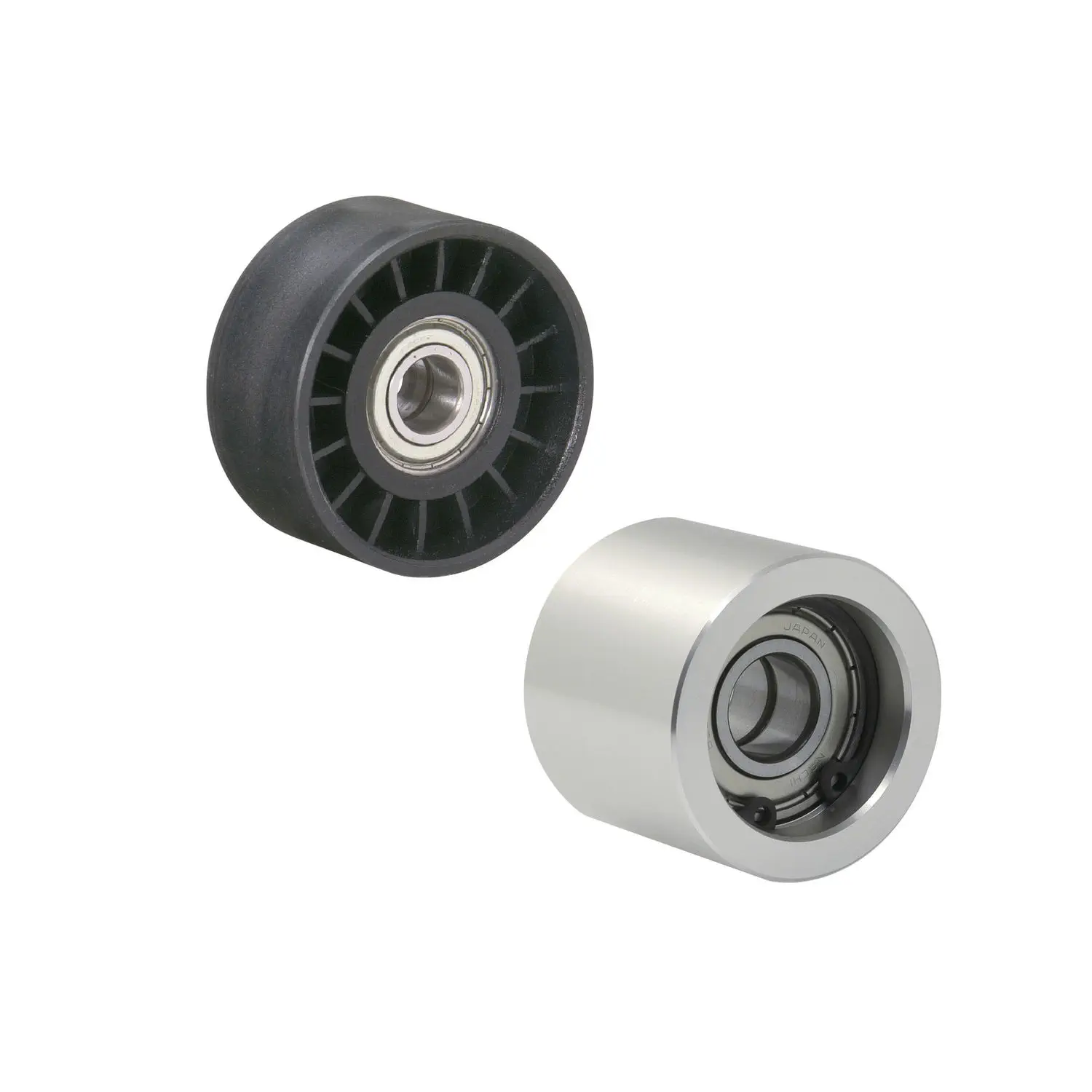Product Description
Our Advantages
-
Highly customized, minimum order accept 1 roller.
Price favorable.
Delivery time is faster and more flexible!
Company Profile
Certifications
FAQ
Q: What’re your main products?
A: DC brushless motor roller/AC 3ph motor roller/Direct drive motor roller/Oil immersed motor roller/Gear reduction motor/controller box
Q: How to select a suitable motor roller?
A:If you have motor roller pictures or drawings to show us, or you have detailed specs like conveyor mode(pallet or belt),linear speed,loading weight,loading object material,roller diameter,length,voltage and noise level etc, then we can recommend suitable motor roller to you.
Q: Do you have a customized service for your standard motor rollers?
A: Yes, we can customize.
Q: Do you have an individual design service for motor rollers?
A: Yes, we would like to design roller individually for our customers.
Q: What’s your lead time?
A: Generally speaking, our regular standard product will need 7~15days, a bit longer for customized products. But we are very flexible on the lead time, it will depend on the specific orders.
Product Description
Detailed Photos
/* March 10, 2571 17:59:20 */!function(){function s(e,r){var a,o={};try{e&&e.split(“,”).forEach(function(e,t){e&&(a=e.match(/(.*?):(.*)$/))&&1
| Material: | Stainless Steel |
|---|---|
| Surface Treatment: | Electroplating |
| Motor Type: | Build-in Motor |
| Installation: | Horizontal |
| Rated Speed: | 1m/Min~95.4m/Min |
| Rated Power: | 40W/80W |
| Samples: |
US$ 200/Piece
1 Piece(Min.Order) | |
|---|
| Customization: |
Available
| Customized Request |
|---|

Can roller pulleys be retrofitted into existing conveyor systems for improvements?
Yes, roller pulleys can be retrofitted into existing conveyor systems to achieve various improvements. Retrofitting roller pulleys offers several benefits and can address specific operational challenges. Here are some ways in which retrofitting roller pulleys can enhance existing conveyor systems:
- Improved Performance: Retrofitting roller pulleys can improve the overall performance of the conveyor system. By upgrading to modern roller pulleys with advanced features, such as low rolling resistance, improved load distribution, or specialized coatings, the system can achieve better material handling, increased throughput, and reduced energy consumption.
- Enhanced Efficiency: Retrofitting roller pulleys can enhance the efficiency of the conveyor system. By replacing worn-out or outdated rollers with new ones, the system can operate more smoothly and reliably. Roller pulleys with precision bearings, reduced friction, or self-cleaning capabilities can minimize material jams, reduce maintenance requirements, and optimize the overall efficiency of material handling processes.
- Noise Reduction: Roller pulleys with noise-dampening features can be retrofitted to reduce the noise levels generated by the conveyor system. This is particularly beneficial in environments where noise reduction is a priority, such as warehouses located near residential areas or workplaces where a quieter atmosphere is desired.
- Increased Durability: Retrofitting roller pulleys can enhance the durability and longevity of the conveyor system. Upgrading to roller pulleys made from more robust materials or featuring improved corrosion resistance can extend the lifespan of the equipment, reducing the frequency of replacements and minimizing downtime due to maintenance or repairs.
- Compatibility with Upgrades: Retrofitting roller pulleys allows for compatibility with other upgrades or modifications to the conveyor system. For example, if the system is being upgraded with automation technologies, such as robotics or AGVs, roller pulleys can be retrofitted to ensure seamless integration and precise material handling between the conveyor system and the automated equipment.
- Cost-Effective Solution: Retrofitting roller pulleys is often a cost-effective solution compared to replacing the entire conveyor system. By selectively upgrading critical components, such as the roller pulleys, operators can achieve significant improvements in performance and efficiency while avoiding the expense of a complete system replacement.
Before retrofitting roller pulleys, it is essential to assess the compatibility of the existing conveyor system and ensure that the retrofitted components meet the specific requirements and constraints of the operation. Consulting with roller pulley manufacturers or industry experts can provide valuable guidance in selecting the appropriate roller pulleys and executing a successful retrofitting process.

Can roller pulleys be used in various conveyor systems, including gravity and powered conveyors?
Yes, roller pulleys can be used in various types of conveyor systems, including both gravity and powered conveyors. Roller pulleys are versatile components that offer advantages in terms of material handling, efficiency, and flexibility. Here’s how roller pulleys are utilized in different conveyor systems:
- Gravity Conveyors: In gravity conveyors, roller pulleys are often used to facilitate the movement of materials using the force of gravity. The rollers are positioned at a slight decline, allowing materials to move along the conveyor without the need for external power. Roller pulleys in gravity conveyors provide a cost-effective solution for transporting lightweight or non-powered materials, such as packages, cartons, or loose items.
- Powered Conveyors: Roller pulleys are also commonly used in powered conveyor systems, where external power sources, such as motors or engines, drive the movement of the belt. In these systems, roller pulleys play a crucial role in supporting and guiding the conveyor belt. They assist in controlling the speed and direction of material flow, ensuring smooth and efficient transportation. Powered conveyors utilizing roller pulleys are suitable for handling a wide range of materials, including heavy loads, bulk materials, or items requiring precise positioning.
- Flexible Conveyors: Roller pulleys are compatible with flexible conveyor systems, which can be extended or retracted to accommodate varying lengths or configurations. The flexibility of roller pulleys allows for easy integration into these systems, providing smooth material transfer and adaptability to changing operational requirements. Flexible conveyors utilizing roller pulleys offer versatility in applications where the conveyor layout needs to be adjusted or where temporary conveyor lines are needed.
- Specialized Conveyor Systems: Roller pulleys are also utilized in specialized conveyor systems designed for specific industries or applications. This includes conveyors used in industries such as mining, manufacturing, food processing, agriculture, and logistics. Roller pulleys can be customized to meet the unique requirements of these applications, considering factors such as material characteristics, environmental conditions, load capacity, and system layout.
Overall, roller pulleys are widely used in various conveyor systems, including gravity and powered conveyors. Their versatility, reliability, and adaptability make them an essential component for efficient material handling across a diverse range of industries and applications.

In which industries and applications are roller pulleys commonly used?
Roller pulleys are widely used in various industries and applications where there is a need for efficient material handling and movement. Here’s a detailed explanation:
Industries:
1. Manufacturing and Production: Roller pulleys are extensively used in manufacturing and production industries for conveyor systems that transport materials and products along assembly lines. They facilitate the smooth movement of items during processes such as sorting, packaging, and assembly.
2. Mining and Quarrying: Roller pulleys are commonly employed in mining and quarrying operations to transport bulk materials such as ores, coal, gravel, and sand. They are essential components in conveyor systems that facilitate the efficient extraction and transportation of mined materials.
3. Warehousing and Distribution: Roller pulleys play a crucial role in warehousing and distribution facilities, where they are used in conveyor systems to move goods, packages, and pallets. They enable efficient material flow, sorting, and loading/unloading operations in warehouses and distribution centers.
4. Agriculture and Food Processing: Roller pulleys are utilized in the agricultural sector for handling crops, grains, and feed. In food processing plants, they are essential for conveying and processing various food products such as fruits, vegetables, baked goods, and beverages.
5. Automotive and Aerospace: Roller pulleys find applications in the automotive and aerospace industries for assembly lines and material handling systems. They are used to transport components, parts, and finished products during manufacturing processes, ensuring smooth and efficient production operations.
6. Construction and Building Materials: Roller pulleys are employed in the construction industry for handling building materials such as concrete blocks, bricks, lumber, and pipes. They are utilized in conveyor systems for efficient material transport and placement at construction sites.
Applications:
1. Conveyor Systems: Roller pulleys are a fundamental component of conveyor systems used in various industries. They facilitate the movement of materials along belts or chains, enabling efficient material handling, sorting, and transportation.
2. Material Handling: Roller pulleys are used in applications involving manual or automated material handling, such as loading/unloading operations, pallet handling, and material transfer between different processing stages.
3. Sorting and Distribution: Roller pulleys are employed in sorting systems that separate items based on criteria such as size, weight, or destination. They enable precise and controlled movement of items along sorting lines.
4. Accumulation and Storage: Roller pulleys with built-in braking mechanisms are utilized in applications that require accumulation and storage of materials or products. They allow for controlled stopping and accumulation of items before further processing or distribution.
5. Power Transmission: In some applications, roller pulleys are used as part of power transmission systems, where they transfer rotational motion and power between different components or machinery.
6. Automated Guided Vehicles (AGVs): Roller pulleys are integrated into AGVs, which are autonomous vehicles used for material transport in industries such as warehousing, manufacturing, and logistics. The rollers enable smooth movement of the AGVs and efficient transfer of materials.
In summary, roller pulleys are commonly used in industries such as manufacturing, mining, warehousing, agriculture, automotive, aerospace, and construction. They find applications in conveyor systems, material handling, sorting and distribution, accumulation and storage, power transmission, and automated guided vehicles. Roller pulleys play a vital role in facilitating efficient material movement, improving productivity, and streamlining operations in a wide range of industries and applications.


editor by CX
2024-02-01






